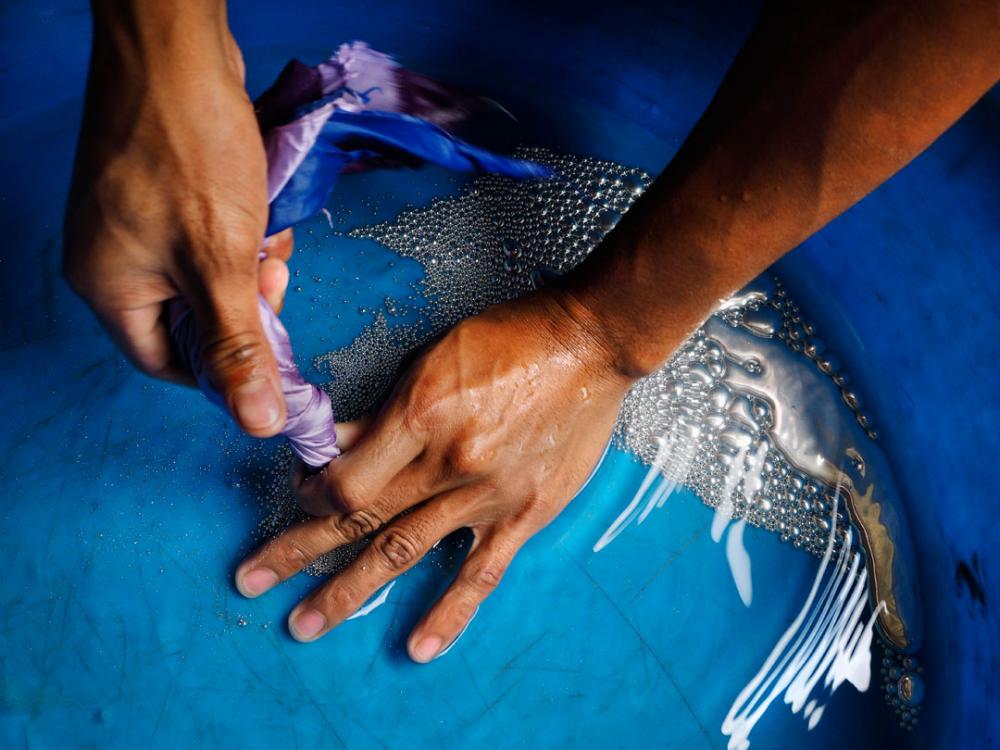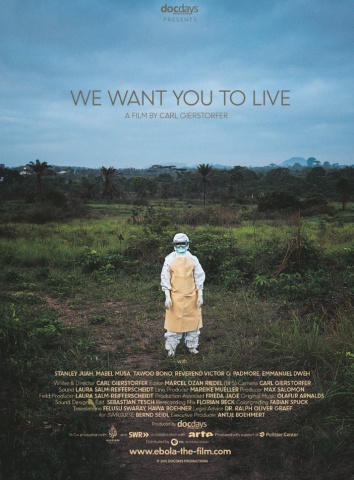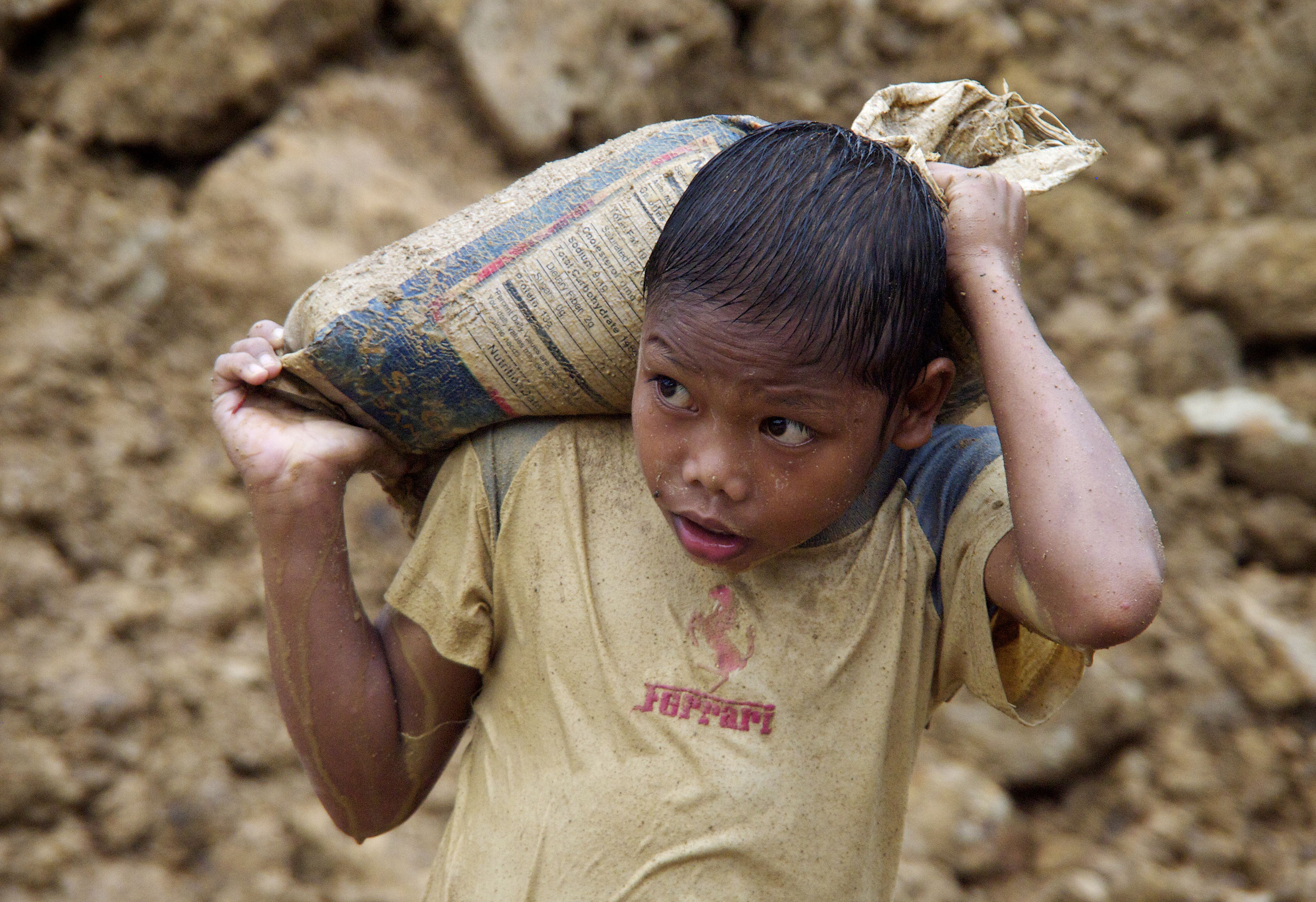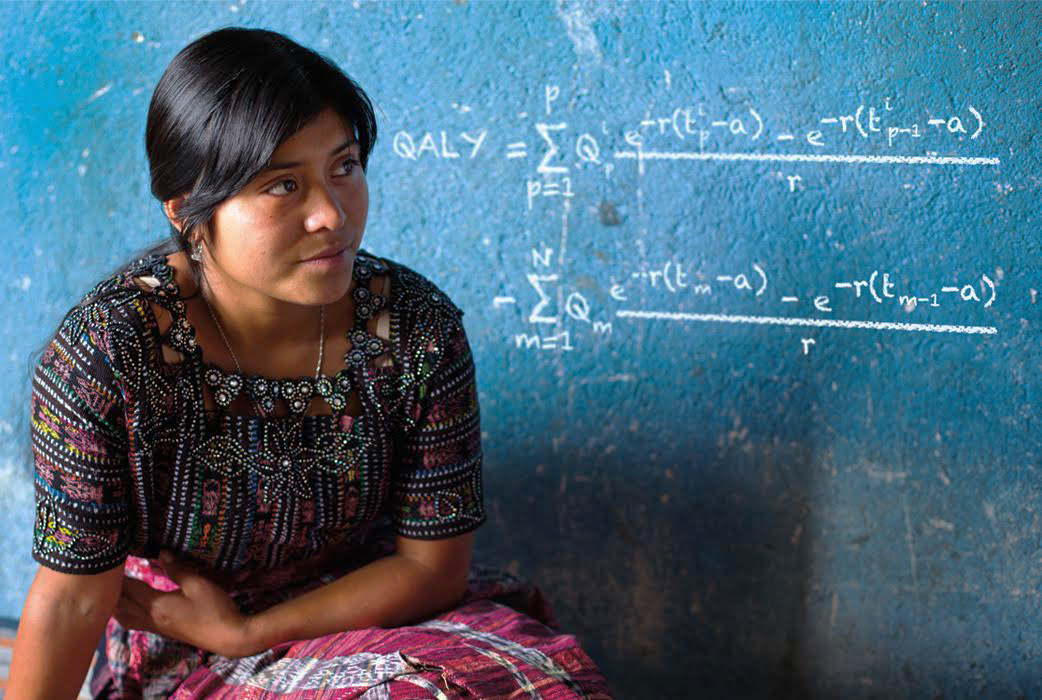
The Pulitzer Center brings its global health reporting to the 2016 Consortium of Universities for Global Health (CUGH) conference, "Bridging to a Sustainable Future in Global Health," in San Francisco. In addition to a health communications workshop, three Pulitzer Center-supported journalists screen their films and discuss their reporting on Sunday, April 10, 2016.
The Life Equation: Rob Tinworth
How do we decide how to spend limited health care dollars? Some argue powerful computers should crunch the numbers and make the decisions for us, determining what delivers the most bang for the buck. It's an approach that could save millions of lives, but others question whether algorithms can truly capture the complexities of global health.
As Big Data guides more of our lives, from our cars to our shopping carts, the debate over the role of data in health care intensifies. Caught in the crossfire, doctors around the world face impossible decisions about who to treat when a statistic becomes a patient.
The Life Equation is a documentary filmed over three years in Nepal, Guatemala, and the United States. Tinworth will screen a preview from the upcoming film, due to be released in late 2016.
We Want You To Live: Liberia's Fight Against Ebola: Carl Gierstorfer
The documentary follows one community's fight for survival against Ebola through the eyes of Liberians on the frontlines battling to bring the outbreak to an end. The film follows four characters over the course of three months in their struggles against the disease.
There is Mabel, who with her team spearheads a local fight against the spreading outbreak. While cases are dropping in Monrovia, the virus has found its way into remote villages in eastern Liberia. By day, Mabel picks up suspected Ebola cases; by night she returns to her regular job as a nurse.
The anger of the people of Taylor's Town, for example, is pointed at one person who they say is responsible for introducing the virus: Stanley. Stanley brought his sick son back to the village–a fateful decision that wiped out his entire family and eventually cost 14 lives.
These characters are interconnected through their relationships, their attachment to the rural Bong County of Liberia, and their experiences in fighting Ebola. Gierstorfer follows them through their journeys, exploring the human toll of the deadly disease.
Hazardous Work: Diving into the Philippines' Dangerous Underwater Mines: Larry Price
Filipino divers disappear into water as opaque as chocolate milk as they blindly dig in search of gold trapped in muddy sediment. It's risky business: As a miner goes deeper, he risks a horrific death: underwater tunnels can collapse; the compressor that provides air can fail. Many consider this form of underwater gold mining as the world's most dangerous job.
Price, who began documenting child labor in the gold fields of the Philippines in 2012, encountered this peculiar type of underwater mining in regions where the water table is only inches below the surface. Miners dig pits that are only one meter in diameter and which quickly fill with water.
To mine the gold-rich clay, they descend into the water and breathe through thin plastic tubes attached to small compressors. The pits are up to 40-feet deep. Workers wedge themselves at the bottom and work in complete darkness to fill sacks with muddy ore. Often, unstable pits collapse. Almost always in these cases, the accidents are fatal.
This event is free, but participants must be registered for the CUGH Conference.
Pulitzer Center Film Shorts Festival at CUGH Conference
Sunday, April 10
6:00 PM – 8:00 PM
Hilton Union Square Hotel in San Francisco
333 O'Farrell Street
San Francisco, CA 94102

A documentary by Carl Gierstorfer follows one community’s fight for survival against Ebola through...

Tiny children and teens toil in the gold mines of the Philippines and Indonesia. A risky, often...









